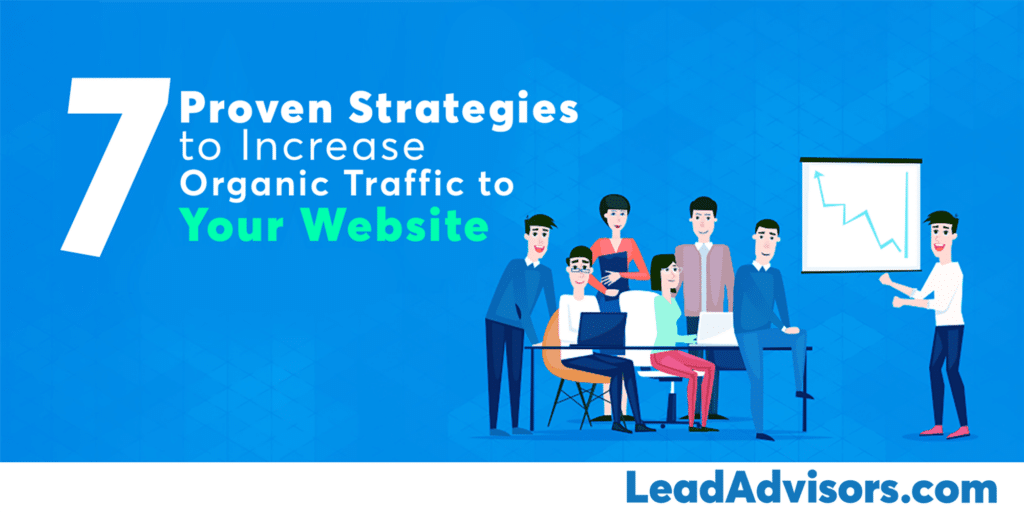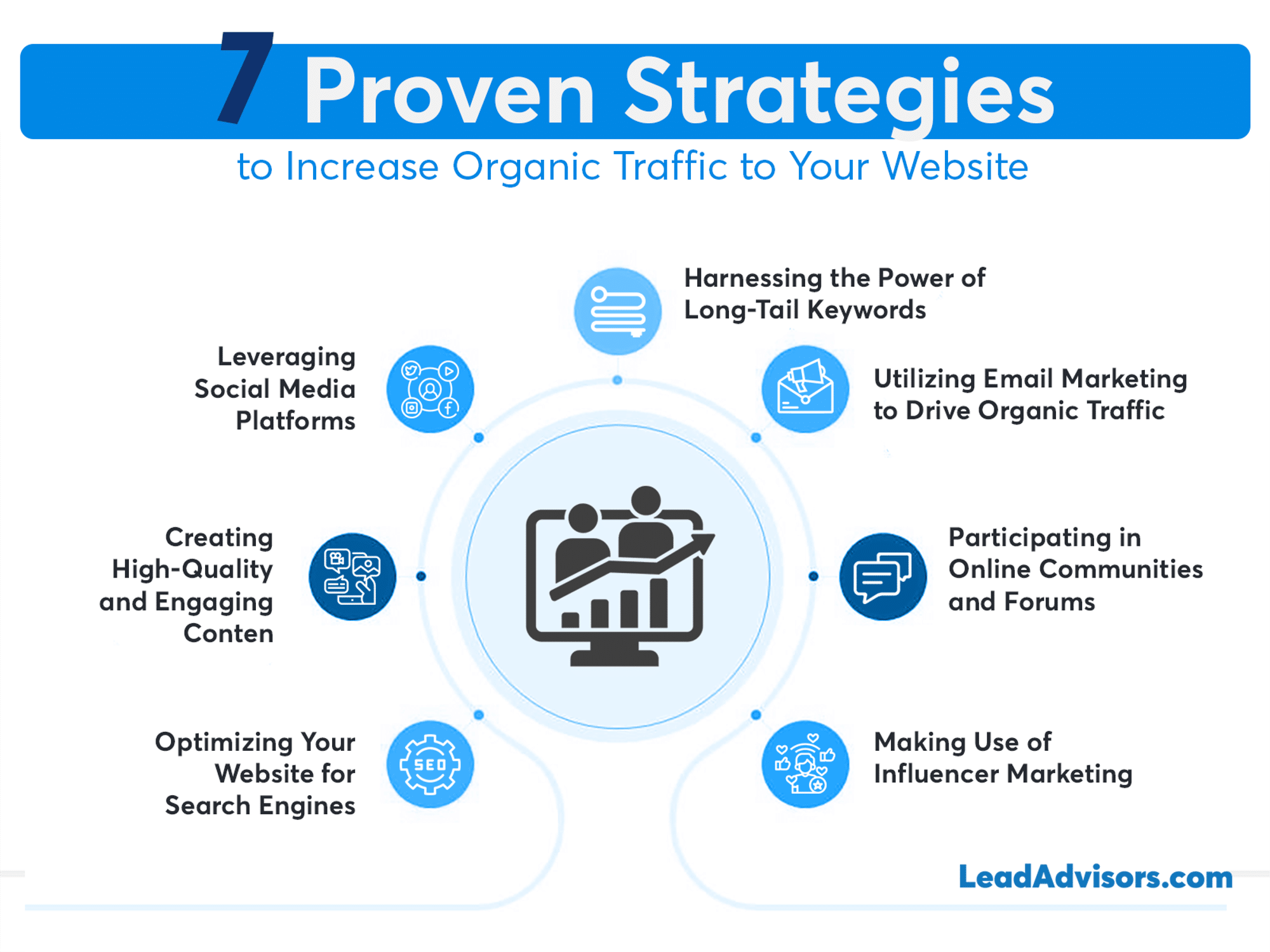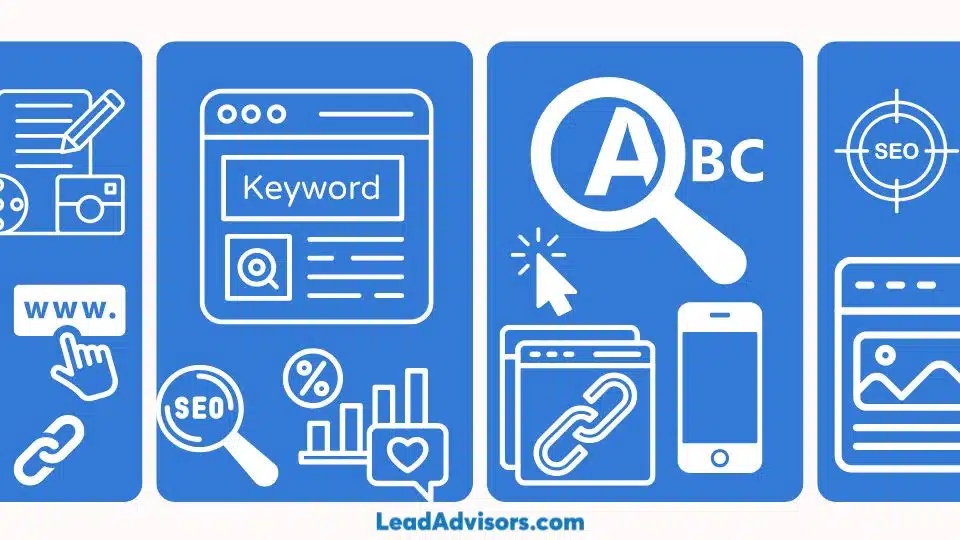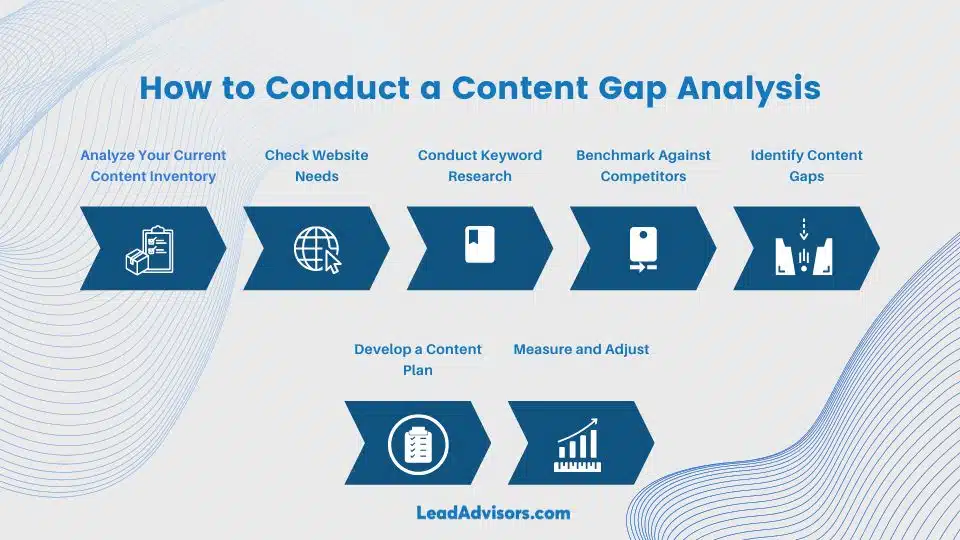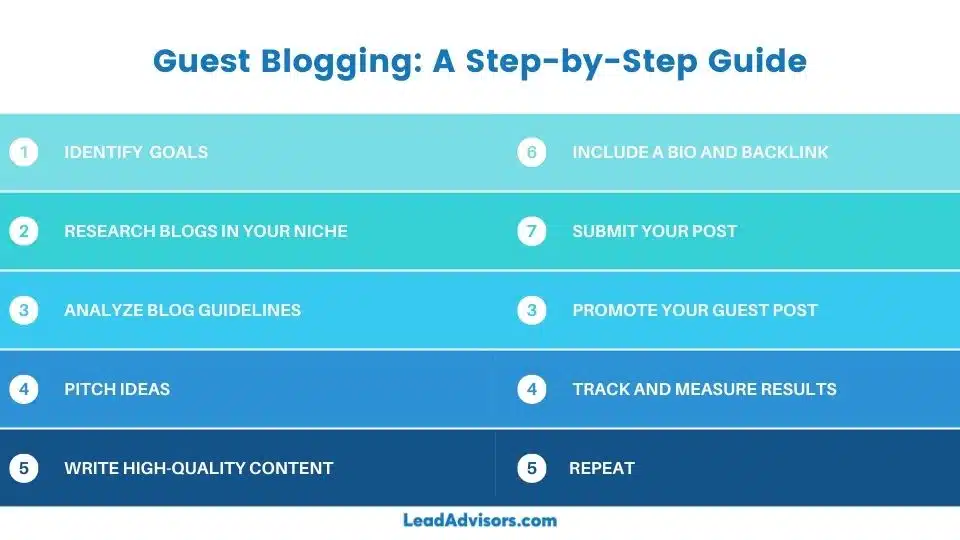Are you looking for ways to increase organic traffic to your website? Take charge and unlock the techniques that will flood your site with visitors. These seven proven methods, including search engine optimization (SEO), content creation, social media utilization, long-tail keywords in email marketing campaigns, and online community interaction, can help take you from zero views to plenty of visits – leaving rivals behind! Strengthen recognition of yourself and your business through increased web traffic.
What Is Organic Traffic?
Organic traffic refers to the visitors who land on your website as a result of unpaid search results. These visitors are considered organic because they found your website naturally or organically through a search engine query without paid advertisements or sponsored links.
Organic traffic is crucial for any website as it clearly indicates the effectiveness of your SEO (Search Engine Optimization) strategies. The higher the organic traffic, the better your website performs in search engine results pages (SERPs). This means your website’s content is relevant, valuable, and trusted by users, leading to improved visibility and higher ranking in SERPs.
The goal of any website is to attract as much organic traffic as possible. This is because organic visitors are often more engaged, spend more time on your site, and are likelier to convert into leads or customers. Therefore, increasing organic traffic should be a top priority for any business or website owner.
Organic Traffic and Google Analytics
Google Analytics is a powerful tool that allows you to track and analyze your website’s organic traffic. This invaluable resource provides insights into the behavior of your organic visitors, such as how they found your website, which keywords they used, what pages they visited, and how long they stayed on your site.
To view your organic traffic in Google Analytics, navigate to the “Acquisition” section and then click on “All Traffic” followed by “Channels.” Here, you will see a breakdown of all traffic sources, including organic search.
The organic search section will give you a detailed organic traffic analysis. You can see the number of sessions (visits), the number of new users, the bounce rate, and the pages per session, among other metrics. This data can help you understand if your SEO strategies are working effectively and where there is room for improvement.
Moreover, Google Analytics allows you to set goals to track organic traffic conversions. This could include completing a purchase, signing up for a newsletter, or filling out a contact form. By following these conversions, you can determine the value of your organic traffic and calculate your return on investment for your SEO efforts.
How to Increase Organic Traffic to Your Website
1. Optimizing Your Website for Search Engines
By utilizing search engine optimization (SEO) strategies, you can unlock a deluge of organic traffic to your website. Organic search is an invaluable source of potential visitors that most sites miss out on due to needing SEO techniques like off-page and technical methods. When properly optimized for SERPs or Search Engine Results Pages through a focus on all aspects, such as On-Page SEO tactics, etc. These measures will ultimately bring in more relevant search traffic. Thus, amplifying the flow organically into one’s site by enhancing visibility within any given result set from a chosen query typed in a specific SE or Search Engine.
Utilizing On-Page SEO Techniques
On-page SEO involves optimizing content, meta descriptions, title tags, and header tags to help the website reach its highest possible ranking in search engines and give a superior user experience. By strategically placing target keywords within the content and refining meta descriptions accordingly, you can dramatically increase web traffic and SERP visibility.
Read More: 5 Best On-Page SEO Tools in 2023
Implementing Off-Page SEO Tactics
Building backlinks, guest blogging, and influencer marketing are effective off-page SEO strategies to enhance the trustworthiness and visibility of a website. You target well-known websites for posting blog pieces or have an influencer spread the word about your material on other pages. This can significantly increase your Domain Authority and generate more organic traffic for your site.
You May Also Like: Best Techniques to Execute a Strong Off-page SEO Strategy
Prioritizing Technical SEO
Technical SEO provides a website with improved crawlability and indexing and is designed to be easily viewed on mobile devices. Optimizing these features will give search engine rankings the boost they need while providing visitors with an enjoyable user experience.
Google Search Console, Google Analytics, and your Google Business Profile – all of which can assist in boosting loading speeds, should also be incorporated into this process for optimal results. Keeping up-to-date information in these tools and keyword focus are key elements that must not be overlooked when focusing efforts on technical SEO optimization!
You May Also Like: How to Make a Content Calendar in 6 Easy Steps
2. Creating High-Quality and Engaging Content
An effective SEO plan must have captivating and excellent content, the foundation for obtaining organic visitors. Here are some tips to generate useful material:
Focus on timeless topics, utilizing multimedia elements such as images, videos, or infographics to stimulate user interest. Revising already existing posts can keep them pertinent and fresh. Using these strategies will attract audiences seeking your site organically for good-quality information!
Focusing on Evergreen Content
When it comes to content, evergreen is the real deal. It offers long-term rewards such as enhanced search engine rankings due to increased traffic and backlinks. Crafting articles that apply to any era will help develop an invaluable library of resources for your viewers. When creating quality material on pertinent topics, search engine optimization gains should be expected.
Incorporating Multimedia Elements
Including appealing visual elements like videos, images, and infographics in your content can help draw viewers’ attention and boost search engine rankings. This heightened visibility will likely result in more website traffic and, thus, ultimately lead to increased brand awareness.
Updating and Repurposing Existing Content
It’s important to stay up-to-date with your content to remain current and relevant and enhance search engine rankings. To breathe fresh life into the existing material, including multimedia elements, make sure all facts are accurate and correct any dead links that may be present. Doing these things will also help draw new attention from visitors!
Read More: 8 Ways to Repurpose Your Content for Greater Visibility
3. Leveraging Social Media Platforms 
Organic website traffic can be amplified through social media, sharing content, and interacting on various platforms. Engaging followers and working with influencers leads to an increased reach among your target audience.
Choosing the Right Platforms
When determining how to use social media for the greatest impact, one must select networks most fitting with their target audience and content type. For instance, YouTube, Pinterest, Instagram, and Facebook should be utilized if visuals comprise a portion of the shared materials. While Twitter is suitable when aiming to post short messages or links.
Sharing and Promoting Content
Using suitable hashtags is a great way to extend the reach of your content and make it more visible. Also, you’ll need to tailor each post for its specific social platform to attract maximum user engagement. Please take advantage of click-to-tweet links, encouraging viewers to spread your material to their followers quickly.
By doing this effectively, you can successfully promote and share any content through various social media channels!
Engaging with Followers and Influencers
Connect with your followers and social media influencers to create more trust in your brand, credibility, and visibility. Engagement can take several forms, such as replying to comments, addressing queries, or working with notable figures on various platforms.
More: The Ultimate Guide to Video Advertising
4. Harnessing the Power of Long-Tail Keywords
By utilizing keyword research and incorporating long-tail keywords into your content, you can tap into the immense potential of more specific search queries to drive organic traffic toward your website via local search results. This strategy is a powerful tool for improving ranking in various search engines and gaining targeted visitors.
Conducting Keyword Research
You can use keyword research to pinpoint long-tail keywords related to your expertise and target customers. Tools like Ahrefs, Serpstat, and Semrush can provide data on the competition while helping you unearth new opportunities with longer tail phrases.
Incorporating Long-Tail Keywords in Content
To bring more organic traffic to your website, incorporate long-tail keywords into your site’s content, as they will increase search engine rankings and appeal directly to user intent. This way, you can reach a higher position in results pages, leading to an increased flow of organic visitors.
5. Utilizing Email Marketing to Drive Organic Traffic
Gather a list of email contacts and craft interesting newsletters to leverage the advantages of email marketing for generating organic traffic to your website. This allows you, through sharing blog posts or offering content valuable enough for them to engage with, as well as promoting any product/service that may be relevant, all to direct visitors toward your page.
Building Your Email List
Utilize strategies such as opt-in forms, lead magnets, and more to amplify your email list’s growth, reach potential customers, and drive website traffic. For example, you can make interesting sign-up fields or popups to persuade people to subscribe to your mailing list. This is beneficial for expanding your business whiledriving organic traffic.
Crafting Engaging Newsletters
Crafting enticing newsletters can help bring organic traffic to your website. To make it successful, ensure you include vital elements like:
- Meaningful information that is advantageous for readers
- Catchy titles and headings that draw the attention of the recipients
- Evident CTAs (calls to action) urging users to explore more on your website
Additionally, providing beneficial knowledge and impressive content creates a bond with customers, driving higher organic traffic toward the site.
Read More: 6 Major Things to Avoid When Email Marketing
6. Participating in Online Communities and Forums
Engaging in online forums and communities can be very helpful to your business. Moreover, it establishes you as an expert, drives awareness of your brand, pulls potential customers closer through interaction, creates organic traffic towards your website, and draws new visitors interested in what you offer.
Identifying Relevant Communities
I’d like to point out that the best online communities and forums in your area of interest are important to contact the right audience and make a maximum impact. Platforms such as Quora, Reddit, Medium, Slack groups, or specialized discussion boards are amazing sources for directing organic traffic toward your website, which can turn into effective organic search traffic. Driving natural search visitors to improve your site’s visibility can be achieved if you know where to look!
Adding Value Through Participation
By offering helpful content, participating in discussions, and responding to questions online, you can boost organic traffic that goes directly to your website. As long as you share relevant insights regularly while also showing authority on the subject by providing helpful resources, users of such forums or communities can engage with what you have to say, thus driving more visitors organically.
7. Making Use of Influencer Marketing
Influencer marketing is a powerful tool to increase your website’s organic traffic significantly. By partnering with influencers in your niche, you can tap into their audience and gain more visibility.
Understanding Influencer Marketing
Influencer marketing involves partnering with popular individuals with a large following or influence in your industry. These individuals, known as influencers, can help promote your products or services, driving more traffic to your website.
Implementing Influencer Marketing
You’ll first need to identify potential influencers in your niche to implement influencer marketing. Once you’ve found the right influencers, you can reach out to them with a proposal for a partnership.
Measuring the Success of Influencer Marketing
It’s important to track the success of your influencer marketing campaigns. Basically, you can do this by monitoring the increase in website traffic, social media engagement, or sales after the influencer’s promotion.
Read More: Six Tips For Influencer Marketing Success
Organic Traffic vs. Paid Traffic
While organic and paid traffic can drive users to your website, they do so in fundamentally different ways.
Organic traffic comes from people finding your website in search engine results. As a matter of fact, this traffic is unpaid and generated by effective SEO practices. The benefits of organic traffic are numerous: it’s cost-effective, sustainable, and brings in visitors who are genuinely interested in your content or services. However, building organic traffic takes time and requires consistent effort in optimizing your website and creating high-quality content.
Paid traffic, on the other hand, comes from paid advertising. All in all, this could be through Google Ads, social media ads, sponsored content, or any other form of paid promotion. The main advantage of paid traffic is that it can provide immediate results and target specific demographics more precisely. However, it can become quite costly, and once you stop paying, the traffic usually stops as well.
Read More: How To Post An SEO Friendly Blog?
Organic Traffic vs. Direct Traffic
While both organic and direct traffic contribute to your website’s overall visibility, they differ significantly in how they bring visitors to your site.
Organic traffic is generated when users find your website through search engine results. They might type in a keyword related to your business or content, and your website appears in the search results. This type of traffic is highly valued because it is often made up of visitors actively looking for the products, services, or information you offer. Organic traffic is a testament to effective SEO strategies, indicating that your website ranks well in search engines for relevant keywords.
On the other hand, direct traffic comes from users who type your URL directly into their browser or click on a bookmarked link. These visitors already know about your website, perhaps from previous visits, word of mouth, or offline marketing efforts. Direct traffic is valuable because it represents a dedicated and potentially loyal audience who intentionally seek out your website without intermediaries.
Conclusion
Utilizing these effective approaches can tap into a wealth of organic traffic and elevate your website. It is essential to optimize for search engines, generate great content with long-tail keywords in mind, use social media channels efficiently, carry out email campaigns successfully, and join forums & online communities to make the most of this strategy, which will bring more visibility! Now it’s time to put it in motion and witness your business reach new heights thanks to increased organic visitors.
Frequently Asked Questions
What does an increase in organic traffic mean?
Organic traffic to your website is rising, giving you more chances for leads and sales. This increase in unpaid search engine results is due to the algorithms of Google, Bing, and Yahoo being able to recognize your page’s quality content and relevance. Thus, it rewards it with higher rankings. A win-win situation!
How can we increase organic traffic?
Improve organic traffic to your website by updating obsolete information on pages, correcting dead ones with backlinks attached, strengthening the power of internal links for higher-ranking pages, and getting featured snippets. To boost engagement, You may hire someone knowledgeable in other languages to translate important content or rewrite titles with ChatGPT’s help. Using schema markup will make it easier for online visibility purposes as well.
Why is it important to increase organic traffic?
Growing organic traffic is key to gaining potential customers and building brand awareness. It proves the success of SEO strategies and makes it easier for people to locate related products or services.
What influences organic traffic?
Organic traffic is largely dictated by your website’s ranking on search engine results pages. To effectively increase organic visits, achieving high rankings for associated terms needs to be a priority, as it can have substantial implications in driving this type of traffic to the site.
What are the three main components of SEO?
The three main components of SEO – on-page, off-page, and technical- help websites reach higher positions in search results. Each piece works together to assist with achieving this goal.

